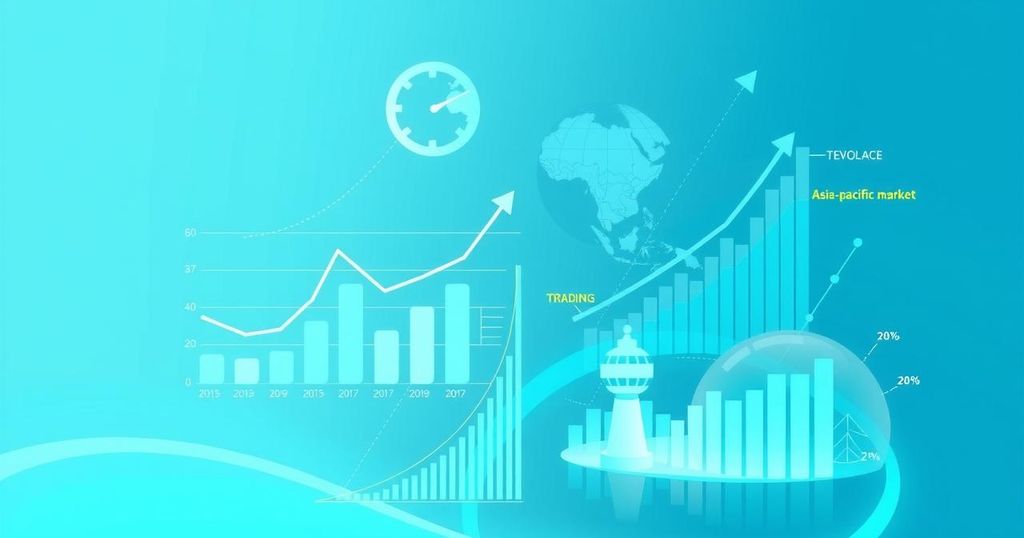Trump Imposes 38% Tariff on Guyanese Goods Amid Trade Policy Shift
President Trump has announced a 10% baseline tariff on all U.S. imports and a 38% tariff on goods from Guyana, escalating trade tensions. This policy aims to counter previous tariffs from major trading partners like China and the European Union. The administration argues this will revive U.S. manufacturing, although experts warn of negative effects on global markets and rising consumer prices.
In a significant shift in trade policy, President Donald Trump announced a baseline 10% tariff on all imports to the United States, in addition to a notable 38% tariff on goods from Guyana. This decision amplifies the ongoing trade conflict initiated upon his return to the White House, revoking decades of established trade liberalization. The tariffs are expected to prompt retaliatory actions from trading partners, potentially inflating prices across various consumer goods.
Trump characterized this move as “our declaration of independence” during an event in the White House Rose Garden, highlighting reciprocal tariff rates of 34% on China and 20% on the European Union, directed at countering duties imposed on U.S. goods. The specifics of these tariffs remain somewhat vague, as Trump voiced persistent grievances regarding the adverse effects of global trade on American workers and companies.
Financial markets and businesses expressed concern over the uncertainty surrounding these new tariffs, which are set to take effect immediately upon Trump’s announcement. Although an official notice for enforcement has not yet been released, a separate set of tariffs on auto imports is scheduled to be enacted on April 3. Previously, Trump had instituted a 20% tariff on China and 25% duties on steel and aluminum, impacting approximately $150 billion worth of downstream products.
While Trump’s advisors maintain that these tariffs aim to revive essential manufacturing capabilities in the U.S., external economists caution that such actions could decelerate global economic growth, heighten recession risks, and substantially increase living costs for U.S. families. The barrage of tariff threats has disrupted business planning and deterred manufacturing activities worldwide, leading to a rush of consumer purchases on imported products ahead of anticipated price increases.
Investors reacted with volatility, with U.S. stock markets experiencing a loss of nearly $5 trillion in value since February, as they braced for Trump’s trade policy announcements. This ongoing situation underscores the potential ripple effects that heightened tariffs may have on both domestic and international economies.
In summary, President Trump’s announcement of increased tariffs marks a pivotal shift in U.S. trade policy, likely to provoke retaliatory actions from global partners and escalation of trade tensions. While the administration claims these measures aim to protect American manufacturing, concerns persist regarding their broader economic impact, including potential inflation and market instability. The uncertainty generated by these tariffs continues to alarm financial markets and businesses alike, illustrating the delicate balance of international trade relations.
Original Source: www.stabroeknews.com




Post Comment